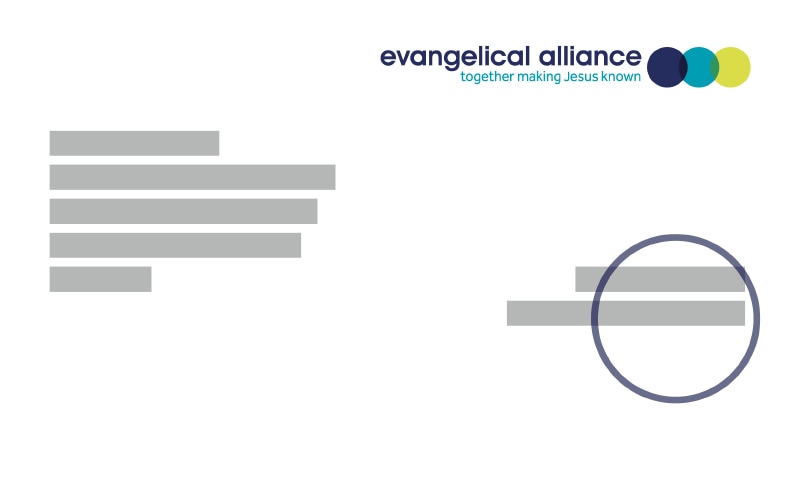Introduction
Our websites have been designed with accessibility in mind. As far as is possible, we try to ensure that it operates across multiple platforms and browsers and is accessible to everyone who wants to use it.
Standards compliance
- We endeavour, wherever possible, to comply with all priority 1, 2, and 3 guidelines of the W3 Web Content Accessibility Guidelines.
Links
- Wherever possible, links are written to make sense out of context. Many browsers (such as JAWS, Home Page Reader, Lynx, and Opera) can extract the list of links on a page and allow the user to browse the list, separately from the page.
- Link text is never duplicated; two links with the same link text always point to the same address.
- All links to external website and non-webpage content open in new windows/tabs.
Images
This web site utilises two distinct image types;
- Content images used include descriptive ALT attributes.
- Decorative images include null ALT attributes.
Accessibility Software
- JAWS, a screen reader for Windows. A time-limited, downloadable demo is available.
- Lynx, a free text-only web browser for blind users with refreshable Braille displays.
- Links, a free text-only web browser for visual users with low bandwidth.
- Opera, a visual browser with many accessibility-related features, including text zooming, user style sheets, image toggle. A free downloadable version is available. Compatible with Windows, Macintosh, Linux, and several other operating systems.
Accessibility services
- SortSite, a free service to analyse web pages for compliance to accessibility and other guidelines. A full-featured commercial version is also available.
- W3C HTML Validator, a free service for checking that web pages conform to published HTML standards.
- Lynx Viewer, a free service for viewing what your web pages would look like in Lynx.
